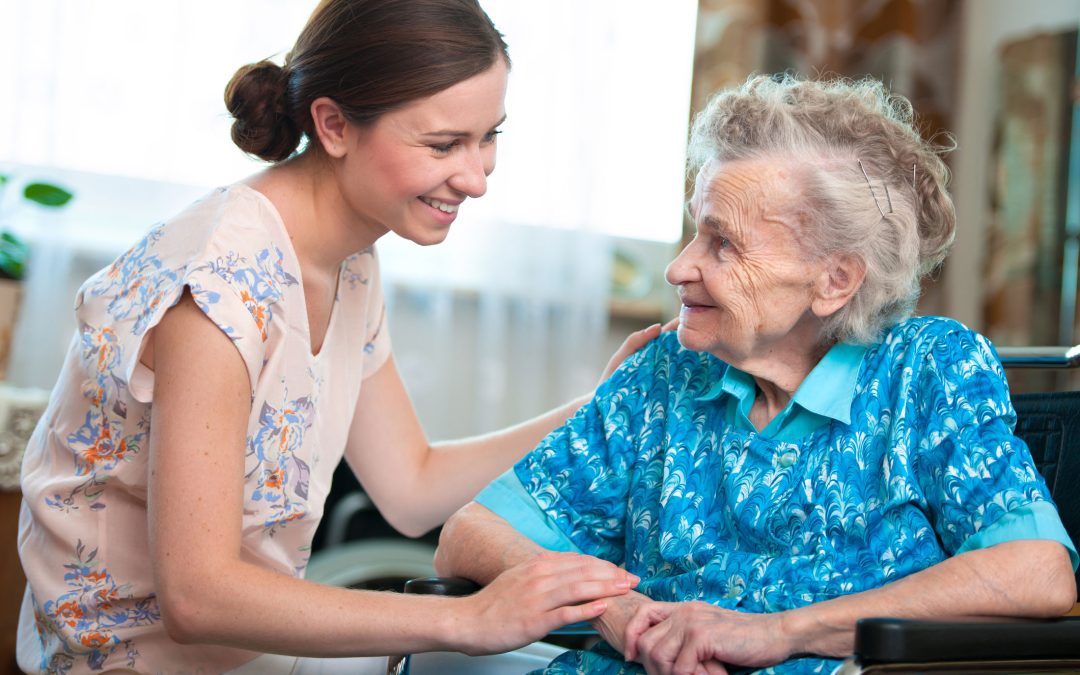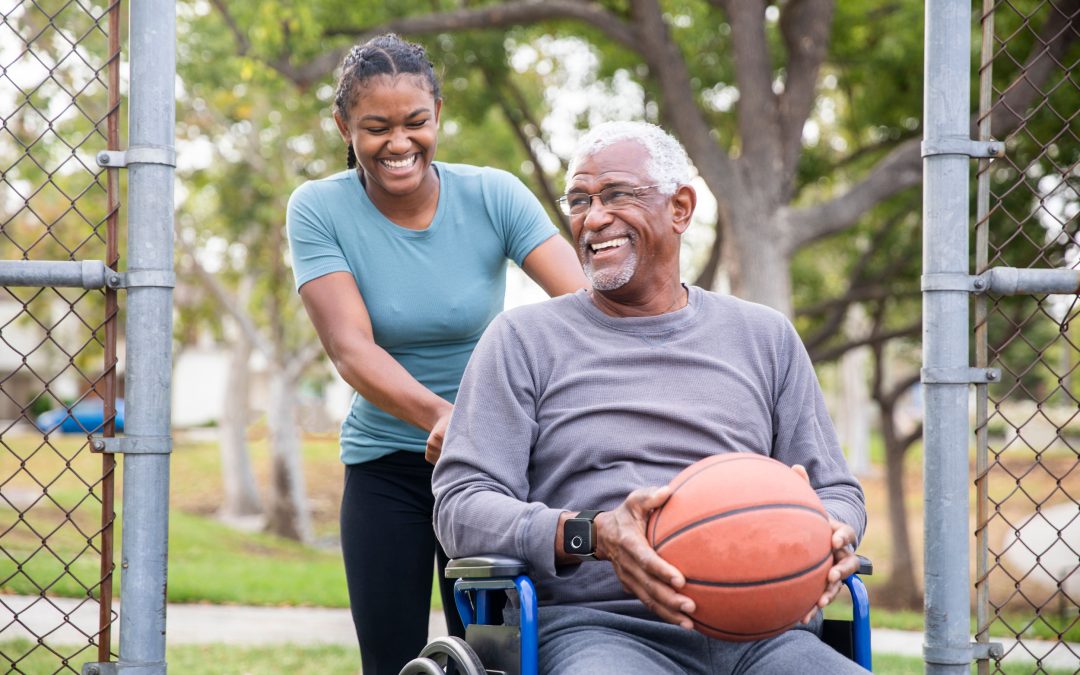
What Case Managers Need to Know About Medical Alert Devices
As a case manager, ensuring the safety and well-being of your members is a top priority. Personal emergency response systems (PERS), also known as medical alert devices, can play a crucial role in helping individuals remain safe and independent in their homes. These devices provide quick access to emergency assistance, reducing hospitalizations and improving overall quality of life.
How Do Medical Alert Systems Work?
Medical alert devices connect members to a 24/7 monitoring center, providing immediate access to trained emergency response professionals. Depending on the system, medical alerts can function via a landline or cellular network.
Landline Systems
Traditional at-home medical alert systems include:
- A base unit that connects to a telephone jack and wall outlet
- A wearable help button (neck pendant or wristband) that syncs with the base unit
- A two-way speaker system that enables direct communication with the monitoring center
Mobile Systems
For members who are more active or do not have a landline, mobile medical alert devices offer increased flexibility:
- Operate via cellular networks, eliminating the need for a landline
- Include GPS tracking to pinpoint a member’s location during an emergency
- Often feature built-in fall detection technology
Medical Alert Devices in Action: A Simple 3-Step Process
- Press the Button – The member activates the device by pressing the help button, sending an alert to the monitoring center. Some systems offer automatic fall detection, which triggers a call if a fall is detected.
- Speak with a Trained Operator – A professional responder assesses the situation, determining whether emergency personnel, a caregiver, or a case manager should be contacted.
- Receive the Right Help – The appropriate assistance is dispatched, ensuring members get the support they need quickly and efficiently.
Key Features of Medical Alert Systems
PERS devices are designed with features that enhance safety and peace of mind for both members and care teams:
- 24/7 Monitoring – Round-the-clock emergency response services
- Help Buttons – Wearable, waterproof devices with extended range for in-home or mobile use
- GPS Locating – Ensures rapid response by pinpointing a member’s exact location
- Fall Detection – Automatically triggers a call if a fall occurs
- Care Coordination – Monitoring centers can notify caregivers, case managers, or emergency services as needed
Who Benefits from a Medical Alert Device?
PERS devices can be an essential tool for Medicaid beneficiaries who:
- Are at risk of falls or have a history of falls
- Have chronic conditions such as diabetes, COPD, or heart disease
- Live alone or have limited caregiver support
- Need an added layer of safety while aging in place
Choosing the Right Medical Alert System for Your Members
As a case manager, recommending the right PERS solution means considering the member’s needs, lifestyle, and budget. Here are some factors to keep in mind:
- Monitored vs. Unmonitored Systems – Monitored systems connect to a 24/7 response center, while unmonitored devices dial a pre-programmed number, such as 911 or a family member.
- Company Reputation – Look for a trusted PERS provider with strong customer reviews and transparent policies.
- Device Features – Ensure the device meets the member’s specific needs, such as GPS tracking, fall detection, or mobile connectivity.
MedScope: Your Trusted Partner in Member Safety
MedScope is a leading provider of PERS solutions for Medicaid beneficiaries, offering reliable, affordable, and easy-to-use medical alert devices. Our dedicated team ensures seamless implementation and ongoing support for case managers and their members.




